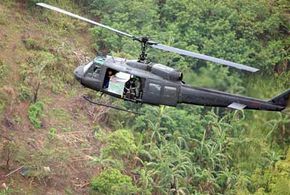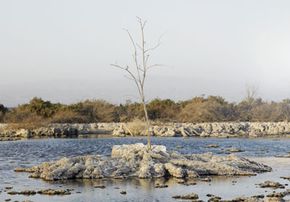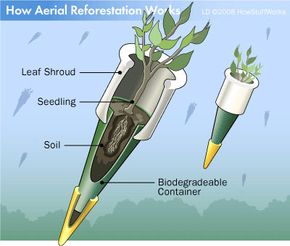As a rule, environmentalists are a pretty peaceful bunch. Hearing them discuss the use of Global Positioning Systems and missile-tracking technology to scope out a target is somewhat disconcerting. Tree huggers using missile-tracking technology and dropping bombs from C-130 aircraft? What's the world coming to?
These apparently devious tactics aren't what they seem though: The forest isn't being converted into a war zone. These innovative optimists are simply adapting advanced military technologies to use in aerial reforestation. Sometimes referred to as aerial seeding, and similar to the garden planting method of broadcasting, aerial reforestation is the use of aircraft to distribute seeds to replant forests.
Advertisement
Aerial reforestation is actually nothing new. People have been doing it since at least the 1930s, when planes were used to distribute seeds over inaccessible mountains in Honolulu after a forest fire. It was also popular for a while in the American West after World War II. Those efforts weren't always especially successful though, and definitely not as advanced as the ideas being floated around today.
The new techniques being used in aerial reforestation were inspired in part by global warming. Proponents of aerial reforestation think it could be a potential solution to the problem by helping to bring down growing levels of carbon dioxide. Almost 50,000 acres of trees are lost worldwide each day. When they're cut or burned down, not only do they cease absorbing carbon dioxide, but they release all of what they've stored up during their lifetimes [source: FAO]. Aggressive reforestation efforts could potentially prevent the release of more than 300 billion tons of carbon dioxide over the next 40 years [source: Conservation International].
Some people now think they can use bombs and military aircraft to make that happen. But while using C-130s to drop seed bombs has yet to catch on, plain-clothes aerial reforestation is useful in its own right. Find out how it works on the next page.


